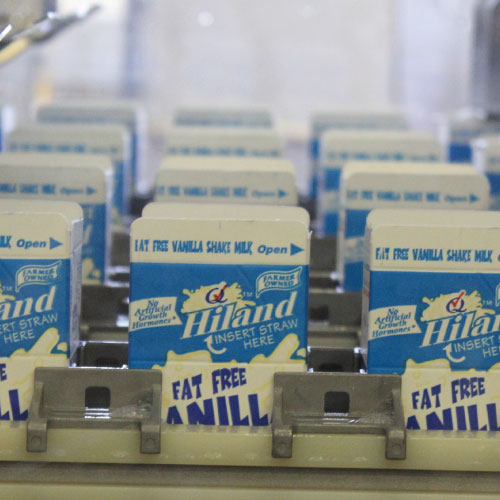You’ve heard this one before—perhaps you’ve even said it yourself: “Low-fat milk is watered-down milk.” The whole truth is, that couldn’t be further from reality.
Milk is highly regulated, and there is a “standard of identity” for milk established by the Food and Drug Administration (FDA) since 1939 (source). This means that cow’s milk cannot contain added water and still be labeled as milk.
According to the standard of identity for milk, the composition must be:
- Milk
- Lactose
- Fat
- Protein
- Minerals and vitamins
The milk part of the composition is 87 percent water and 13 percent solids, which makes it ideal for hydration. (source) However, this high water content is naturally occurring in cow's milk – it is not the result of added water.
How Is Reduced or Low-Fat Milk Made?
Reduced or low-fat milk is made using a centrifuge, which spins the milk to separate the fat particles from the rest of the milk. No water is added during this process. You can confirm this by checking the milk label in your refrigerator. If it’s cow’s milk, the label will list milk, vitamin A and vitamin D. These are the components that meet the FDA’s standard of identity for milk.
Why Does Low-Fat Milk Look Less ‘Milky’?
The appearance of milk is affected by its fat content. Fat plays a role in giving milk its white, opaque look because the fat particles, suspended in the milk thanks to homogenization, reflect light. Homogenization is a process that evenly distributes fat particles throughout the milk, preventing them from separating and forming a cream layer. When the fat is reduced or removed, the milk looks less opaque.
Regardless of the type of cow’s milk you choose, whether it’s fat-free, low-fat, 2% or whole milk, you get all of the same 13 essential nutrients.
And that’s the whole truth about low-fat milk.

